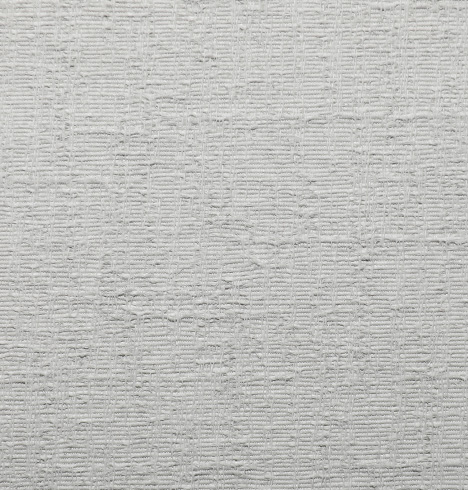The roller blind mechanism incorporates different anti-blocking features to prevent resistance or uneven rolling of the roller blind fabric. Here are some of the key mechanisms:
Friction-reducing bearings: The roller blind mechanism typically consists of a hollow tube, also known as a roller, around which the fabric is wound. This roller is equipped with bearings or bushings, usually made of metal or plastic, that provide a smooth rolling action with minimal friction. These bearings help in reducing resistance and enable effortless rolling of the blind.

Spring tension system: Roller blinds often use a spring tension system to maintain proper fabric tension when rolling and unrolling. This system usually involves a metal spring placed at one end of the roller blind mechanism. The spring's tension is carefully calibrated to counterbalance the weight of the fabric, ensuring a consistent and even rolling movement. By providing the correct tension, the mechanism helps prevent any resistance or uneven rolling.
Fabric alignment devices: Some roller blind mechanisms incorporate devices to assist in keeping the fabric aligned while rolling. These devices can include edge retainers or side guide wires that are attached to the roller blind's sidewalls. These components help prevent the fabric from shifting sideways during operation, ensuring smooth rolling with minimal resistance.
Cord guides: Roller blinds are often operated using cords or chains, which pull the fabric up or down. To prevent the cords from getting caught or tangled during operation, the mechanism may include cord guides. These guides are usually located near the edges of the roller blind and help guide the cords smoothly, ensuring proper alignment and minimizing any resistance or uneven rolling.
Bottom bar or weighted hem: Roller blind fabric often has a bottom bar or weighted hem attached to provide stability and proper alignment. This bar or weighted hem ensures that the fabric hangs straight while also aiding in smooth rolling. It helps prevent the fabric from bunching up or tangling and ensures even rolling by providing additional weight and stability at the bottom of the blind.

 中文简体
中文简体 英语
英语 西班牙语
西班牙语







